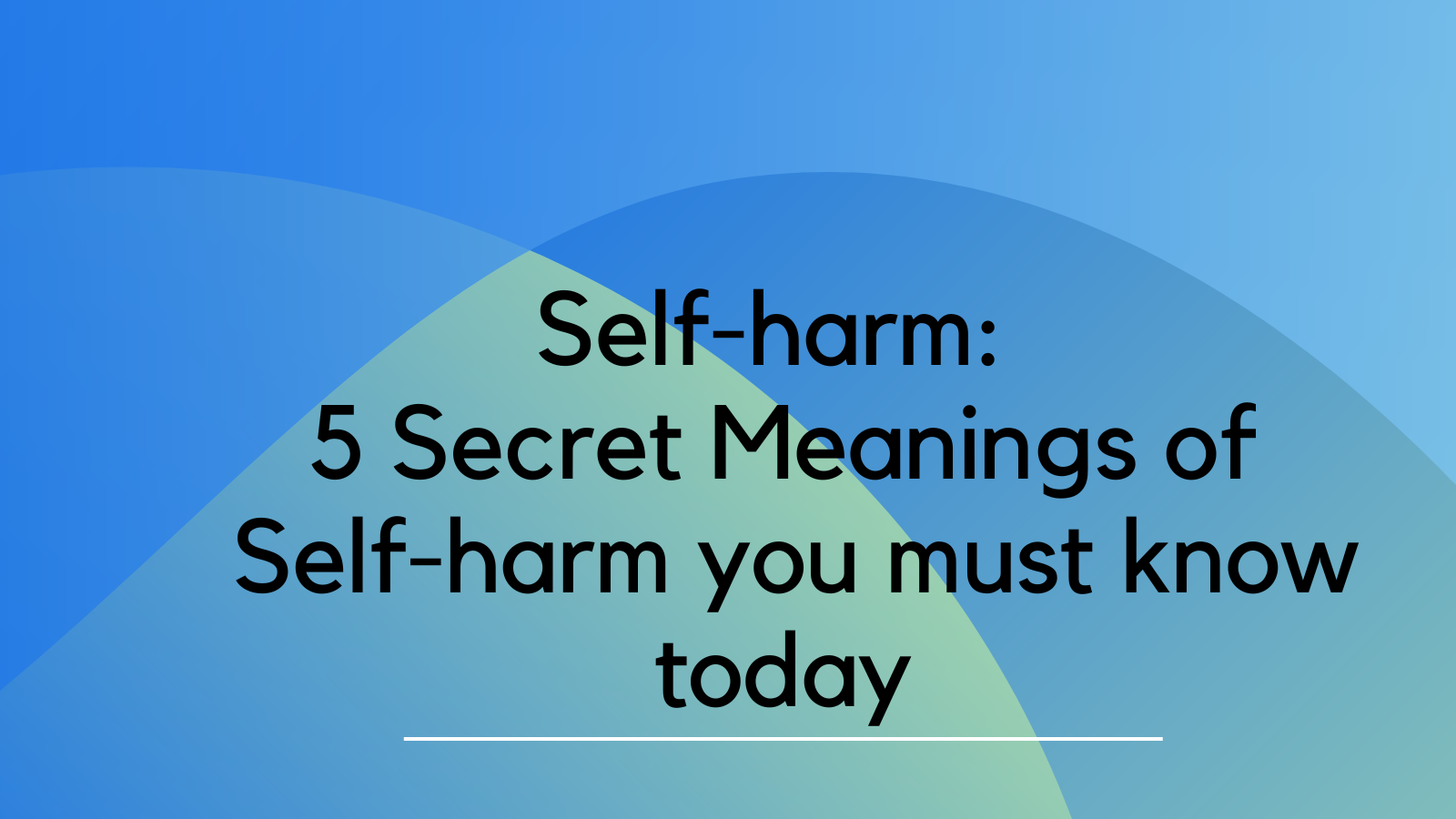Self-harm is any activity engaged in to inflict physical pain on oneself intentionally. While self-harm isn’t a mental health issue, it’s commonly a symptom of emotional discomfort.
People frequently engage in hidden self-harm and prefer to act this way, especially if they worry other people won’t appreciate their honest expression of how they really feel. The self-injurer also worries about other people’s reactions and thinks that it’s possible that they won’t get the emotional complexity of their self-harming behavior and, therefore, would prefer them not to know.
Self-harm is painful to the self-injurer and those closest to them.
Using a sharp object as a cutter is a popular approach to self-harming. Certain individuals struggle to resist the urge to burn themselves, rip out their hair, or pick at their wounds intentionally. The bones in the body of a self-injurer can be fractured, if the injury is severe enough.
Signs of emotional distress include self-harming behavior or thoughts. The longer a person resorts to self-harm to deal with distressing feelings, the more severe those feelings may become. Finding new strategies to cope with emotional distress will help you in the long run.
It’s common to feel guilty after engaging in self-harming acts. Repeated cuts or burns can leave permanent scars. If you’re going to injure yourself, don’t mix it with substances that could worsen things. It’s a drain on resources, too, meaning, prioritizing less important things. Self-harming has a detrimental impact on your career and personal life, such as having to miss class to change bandages or avoid social events so that no one sees your scars.
Self-harm is a coping mechanism for emotional distress, such as a negative emotion. Cutting, burning, and nonfatal overdosing are the most common methods. But it can also be relatively low-risk actions that result in damage.
Self-injuring youths are not all the same. Anyone is susceptible to the mental health issue of self-harm. It’s estimated that 10%-20% of young people will engage in self-injuring acts at some point. But this does not mean you must engage in self-harm as a young person going through a difficult time. Many others have been through what you are going through, and they became a better person. You can do the same instead of engaging in self-injury.
Although anybody can be impacted by self-harm, however, some people are more predisposed than others because of circumstances in their lives, such as where they live, the state of their relationships at home, at school, or elsewhere, or a combination of these. This means that certain people are more likely to hurt themselves than others. However, there is no justifiable reason to self-injure.
Some have explained self-injury as an attempt to:
- Share a feeling that defies articulation.
- Translate intangible mental or emotional states into observable phenomena
- Transform mental anguish into bodily discomfort
- Decrease overwhelming emotional sentiments or thoughts with a sense of being in charge or having control over one’s life.
- Get over your feelings of numbness, disconnection, and dissociation.
- Verbalize your suicidal thoughts and feelings without really acting on them by ending their own lives.
Conclusion
A temporary sense of relief may follow acts of self-injury, but the underlying issue is unlikely to be resolved. Besides potentially making you feel worse, self-injury might evoke painful feelings.
Self-harm is never without cause, but it is crucial to be aware of the potential consequences. It is usually challenging to break the habit of self-harm once it has become a habitual coping mechanism.
Do you or a love one self-harm? You can live the changed life that you desire by taking the first step which is seeking help.

Leave a Reply